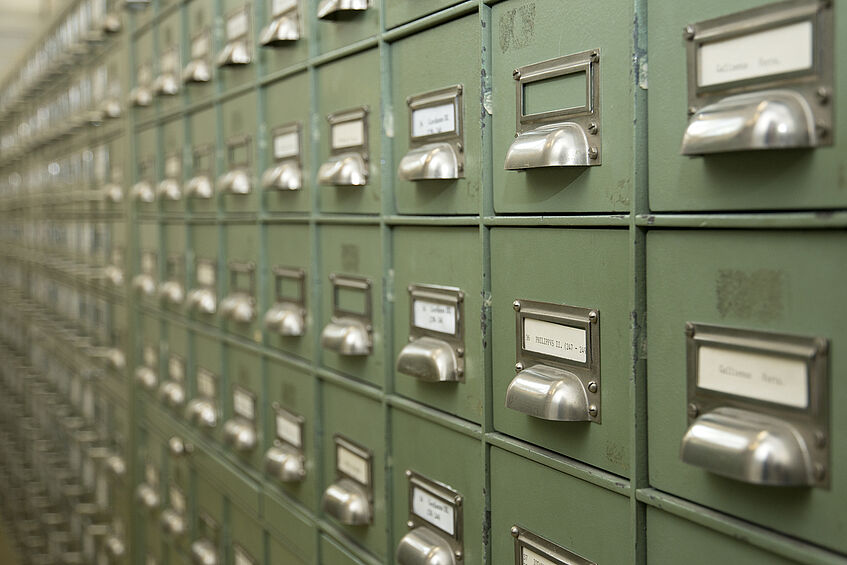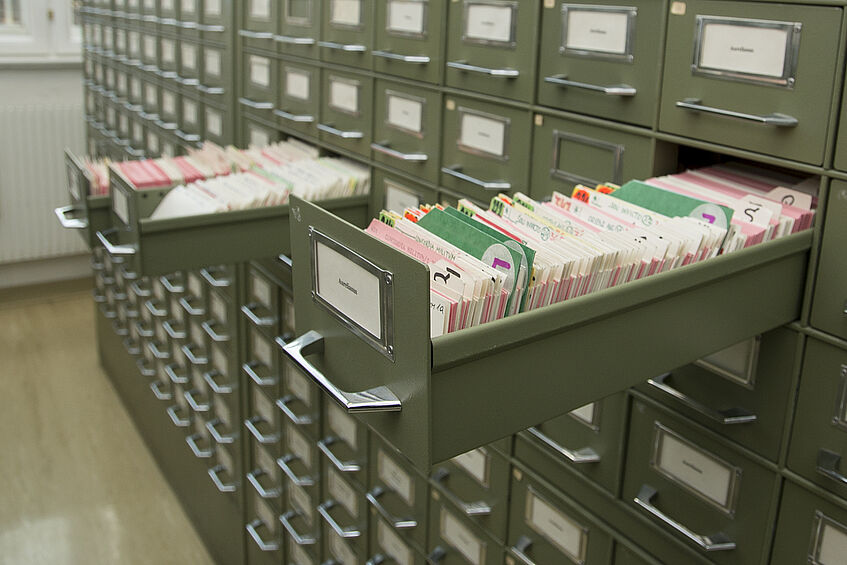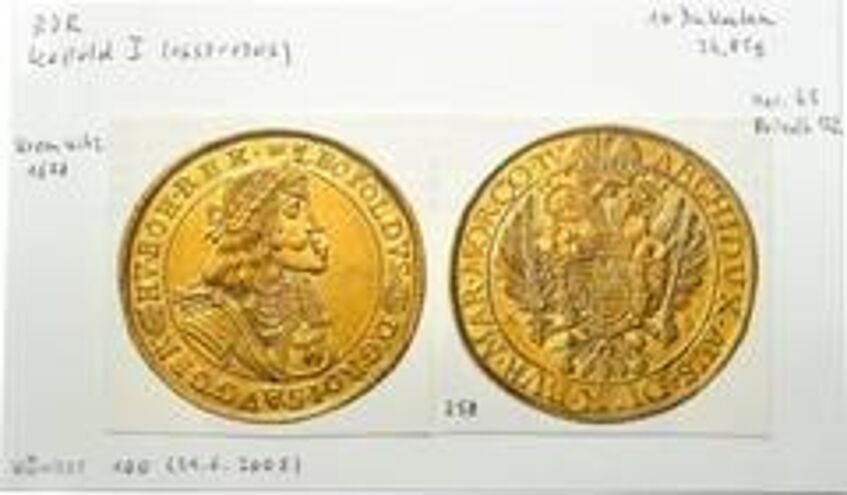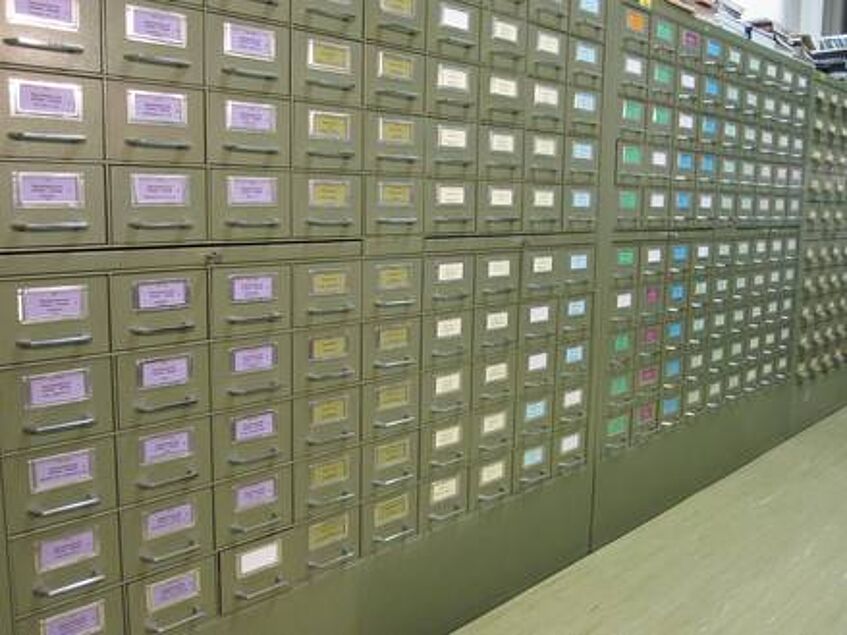Numismatische Zentralkartei (numismatic central card file), NZK


Coin designs are an essential component of numismatics and form the basis for almost any kind of numismatic work. Hardly any numismatic publication can do without images. For this reason, Robert Göbl started a collection of images already in the 1960s – the so-called Numismatische Zentralkartei, NZK. It consists of file cards on all research areas, measuring 77 x 125 mm, with images of the obverse and reverse sides of coins glued onto them, if possible in their original size. The file cards include information about the identification, origin, and technical details of the coins. The whole card file is organised in different categories, by using system file cards in the size of 85 x 125 mm that are placed in front of the corresponding file cards. Most images are duplicates from auction catalogues, while some of them are original images.

The NZK’s rather unbalanced collection of different types of coins represents both the historical structure, as well as research activities carried out by individual department employees. Consequently, file cards about the pre-Islamic Central Asian region are particularly well represented. The same applies to file cards with strikings showing Roman soldier emperors, the Migration Period, the early Byzantines, and Axum. With the further expansion of the Department’s research areas, also the fields of research represented in the file have shifted. Therefore, the NZK is currently growing strongly in the areas of Roman provincial coinage, the European Middle Ages and the modern period. The special interests of our academics and voluntary staff members shape the growing card file. Side issues, such as coin weights, medals and token coins, are therefore also present in the card file. In total, the NZK comprises at least one million file cards, stored on a floor area of 21 square metres. It is a well-established research tool that is also often used by international guests.
With the advances in technology, we now have to ask ourselves how to archive catalogues that are made available in digital form. For certain numismatic tasks, such as die analyses, researchers require pictures in physical form. Especially when dealing with large quantities, such tasks are hardly feasible on computer screens, as it would place strain on the eyes. However, we would also like to benefit from the advantages of the increasing digitisation in all areas of archival work.
If you would like to use the NZK or require further information, please send an e-mail to nzk.numismatik@univie.ac.at. Dr. Giuseppe Castellano will be happy to deal with your enquiries.

